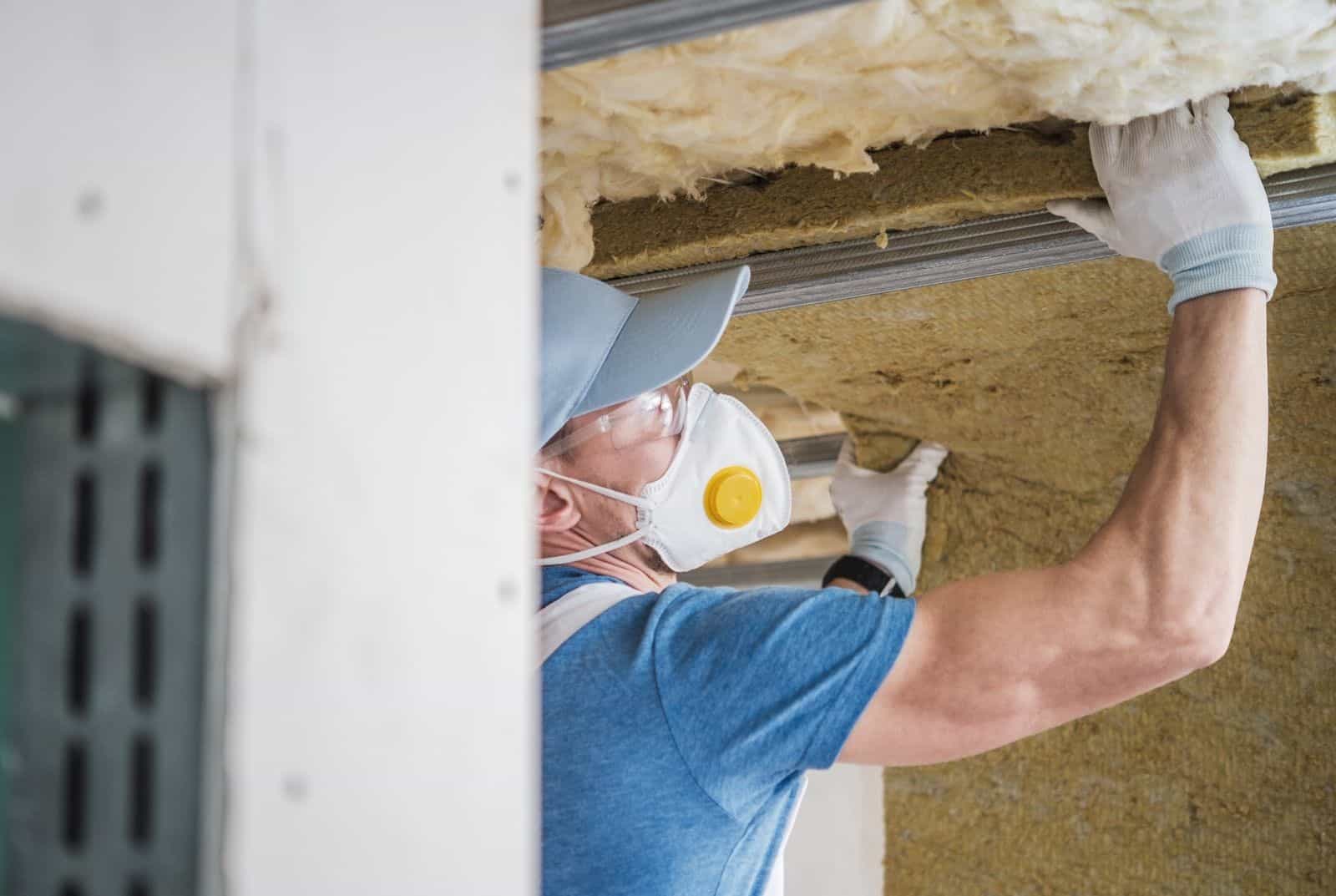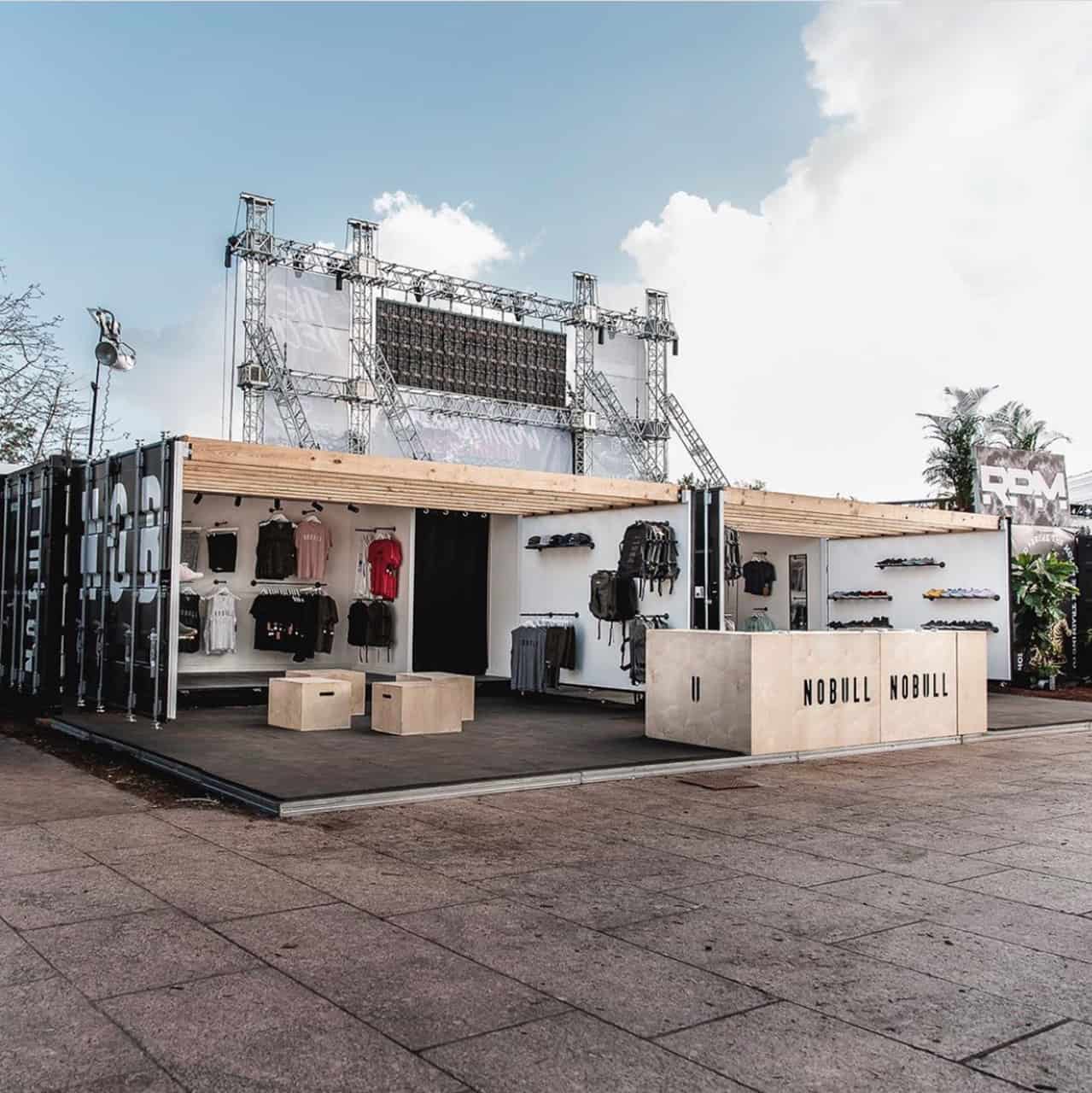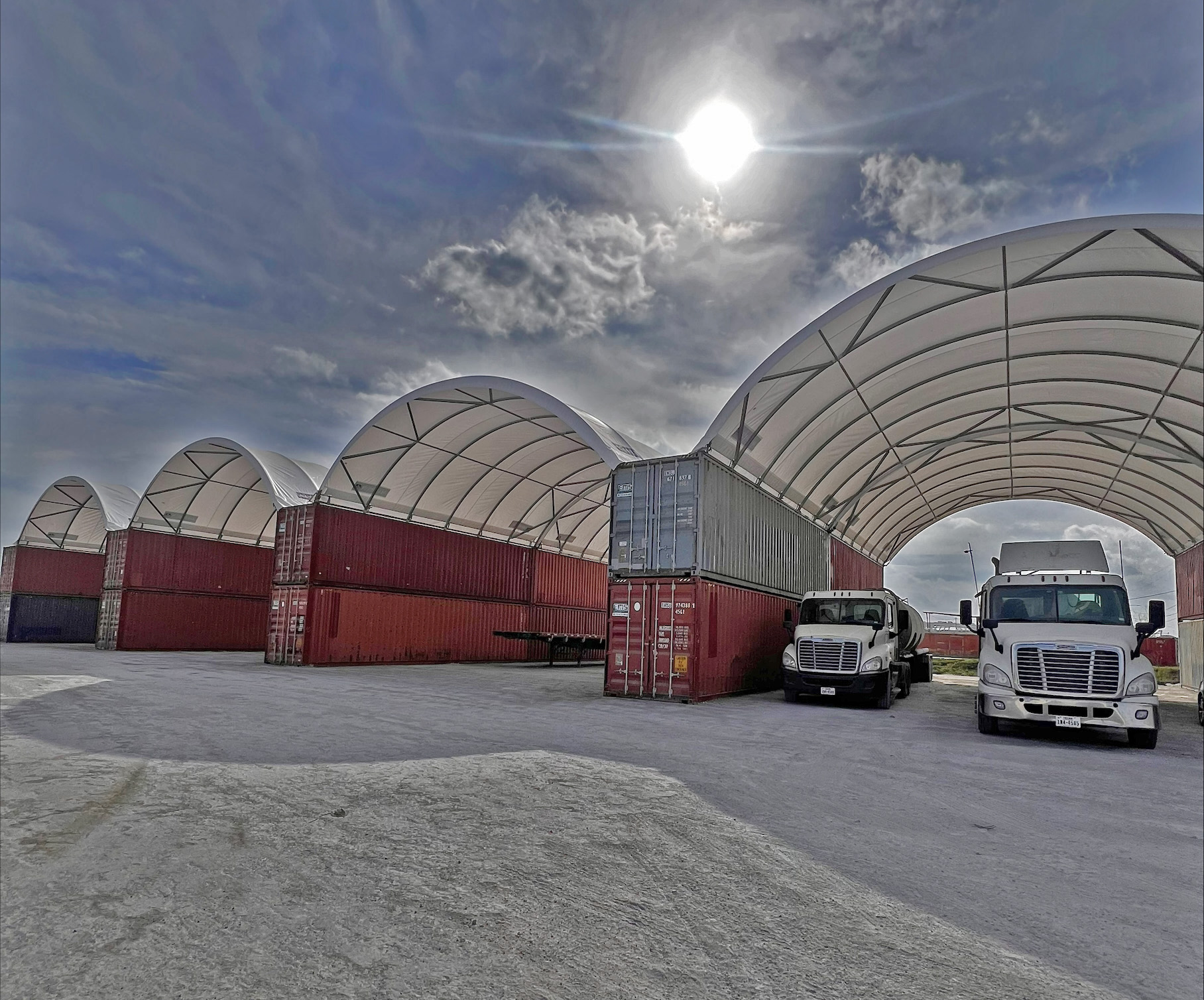Insulation is crucial when you’re building a shipping container home. Without it, your house will either be searing hot or freezing cold, making it uncomfortable for people living in it. While many opt out of insulation to save money, they will eventually realize how important it is when they start feeling the impact of changing weather.
Climate is a major factor in choosing the type of insulation you’ll use for your container home. If you’re in an area that’s too cold, you would need to protect your house from condensation and to keep it warm at most times. For hot areas, you’ll need to keep it cool.
Once you figure out how you need to insulate your home, you can then choose the type of insulation.

Foam
Spray foam insulation works well with an environment that gets a lot of rain and moist. It acts like a vapor barrier to prevent mold and corrosion. Other good things about spray foam is its ease of installation and high R rating. The R rating pertains to the material’s ability to arrest heat flow. The higher the rating, the better it is at heat flow resistance. Spray foam can also be applied to any size of gaps, making it a flexible material.
There are different types of spray foam solutions. Just make sure to choose a closed cell polyurethane foam. After setting it to your container home, you can then decorate the foam with paint as your finishing touch.
Panels
Insulation panels are a more affordable option if you want spray foam’s similar effect without spending too much. This type maintains the insulation’s thickness at a minimum to save on space. It’s also easy to use. You just need stud walls to fit it into the gaps perfectly.
Blanket
Blanket is one of the most affordable options you can find. It’s easy to install once it is fitted with stud walls. After that, you can easily close the gaps with it.
There are different types of blanket insulation. One is rock wool, which is made of mineral. Fiberglass is another. If you’re using this, make sure that you wear protective gear such as dust masks, safety glasses, and gloves when installing it since it has to be handled with care. It’s better to let a professional do it though.
Eco-Friendly
If your main reason for living in a shipping container home is sustainability and environment preservation and protection, then it’s just right that you use eco-friendly insulation. There’s a wide range of eco-friendly insulation options out there, some of which are wool, cotton, and living roof.
Wool insulation works like a blanket insulation. However, it’s made of natural sheep wool. Its production doesn’t consume as much energy as that of its synthetic counterpart, making it more sustainable and environment-friendly.
Cotton is like a blanket insulation as well. The difference is it’s made of recycled cotton clothes, a renewable resource. Since it’s so natural and renewable, the material can be produced quickly.
While living roof doesn’t have much to offer during rainy days, it’s good for hot climate. It has the ability to reduce indoor temperatures by 8%, keeping your home cool even when the weather outside is hot. Also, it offers aesthetic appeal that a traditional sloped roof may not give.
These are the insulation types you can choose from. If you are looking for a conex box for sale, ask the supplier about the best ways to insulate it based on where you live and if they can include that in modification. That way, you can protect your home from harsh elements and keep it comfortable at all times.
Sources
5 Methods to Insulate Your Shipping Container Home, Containerhomeplans.org
Shipping Containers and How to Insulate Them, Preparednessadvice.com









